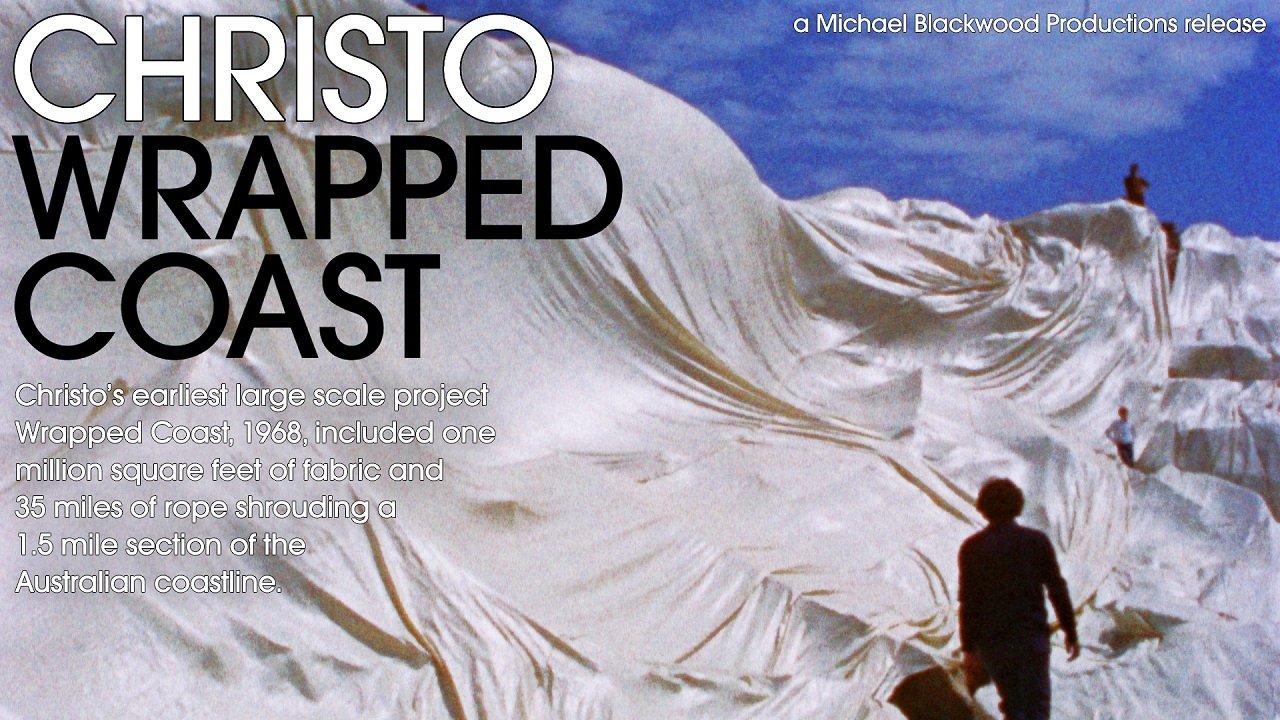
Christo: Wrapped Coast (1969)
In 1969, Christo and Jeanne-Claude wrapped 2.5 kilometers of coast and cliffs up to 26 metres along the coast of Little Bay, in Southeast Sydney, Australia.

In 1969, Christo and Jeanne-Claude wrapped 2.5 kilometers of coast and cliffs up to 26 metres along the coast of Little Bay, in Southeast Sydney, Australia.
 ChristoSelf
ChristoSelf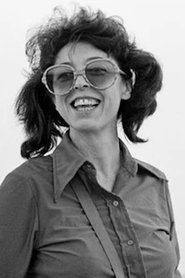 Jeanne-ClaudeSelf
Jeanne-ClaudeSelf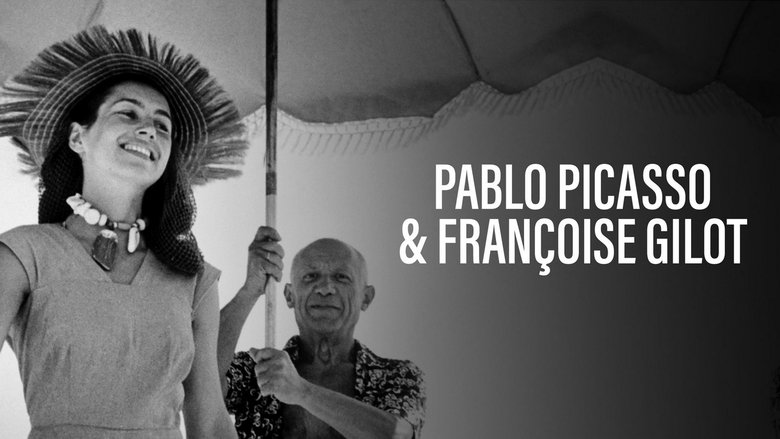
Painter Françoise Gilot shared Pablo Picasso's life from 1943 to 1953. This union nourished their respective artistic creations.
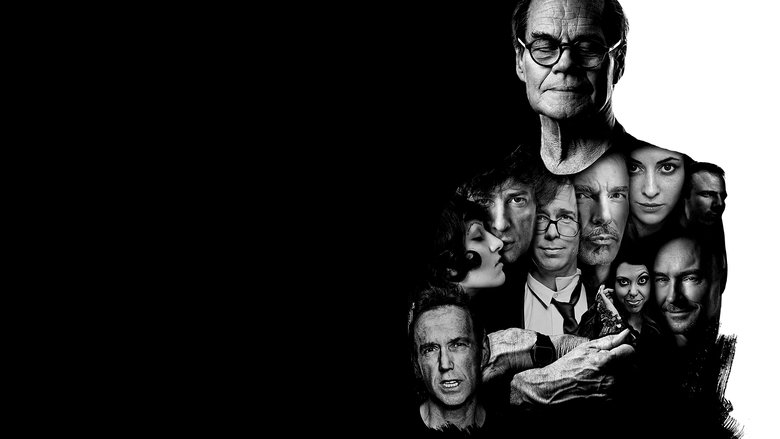
A documentary that explores what it means to be an artist and why it's important to pursue your passion- even in the face of failure.
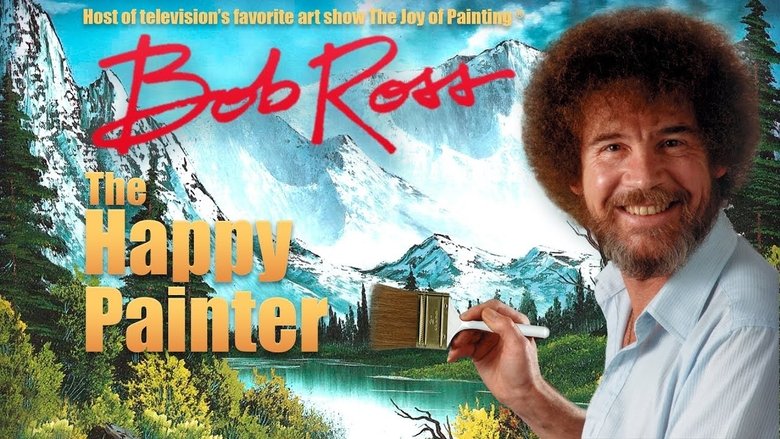
A behind-the-scenes look at the beloved public television personality's journey from humble beginnings to an American pop-culture icon. "The Happy Painter" reveals the public and private sides of Bob Ross through loving accounts from close friends and family, childhood photographs and rare archival footage. Interviewees recount his gentle, mild-mannered demeanor and unwavering dedication to wildlife, and disclose little-known facts about his hair, his fascination with fast cars and more. Film clips feature Bob Ross with mentor William Alexander and the rough-cut of the first "Joy of Painting" episode from 1982. Famous Bob Ross enthusiasts, including talk-show pioneer Phil Donahue, film stars Jane Seymour and Terrence Howard, chef Duff Goldman and country music favorites Brad Paisley and Jerrod Niemann, provide fascinating insights into the man, the artist and his legacy.
A documentary-style capturing of the life of Ab, a young struggling artist trying to find her way, all while dealing with unwanted company.
A portrait of Nam June Paik produced as a 'video catalog' for the exhibition 'The Electronic Super Highway', which premiered at The Museum of Art in Fort Lauderdale, Florida, with recent installations, historical background and interviews.
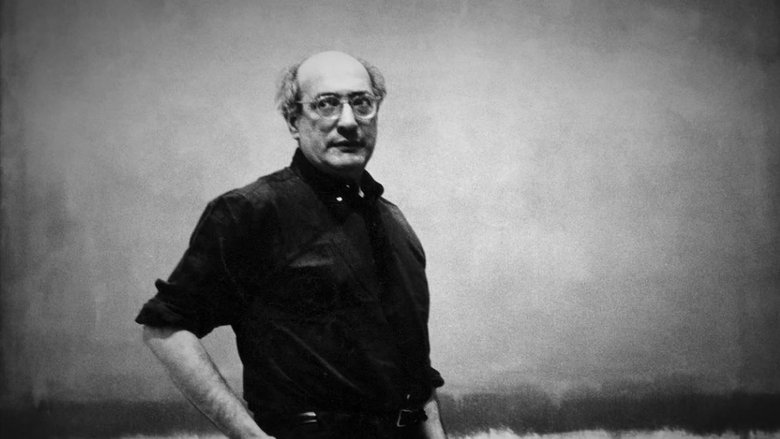
Mark Rothko, a master of abstract expressionism, created 835 paintings during his five-decade career.
In 2018 Japan’s NHK television network was given unprecedented access to the Freer Gallery of Art’s collection of works by Katsushika Hokusai so they could film the details of paintings using a state-of-the-art 8K video camera. The resulting documentary is hosted by actor Iura Arata and features commentary from the James Ulak, former curator at the National Museum of Asian Art, and Tim Clark, former curator at the British Museum. The film’s intended premiere in April 2020 was canceled due to the pandemic. We are proud to finally screen it. Explore masterpieces at a never-before-seen level of detail and enjoy new insights into the artist’s genius.
A look at the artwork of Aleister Crowley.
This retrospective exhibition gives brilliant insight into the artist’s work of the last 4 decades. Credit for this highly sensitive selection of Morris’ work goes to Rosalind Krauss, who curated the exhibition. We invited artist and curator to come back to the Guggenheim Museum for a second look at the exhibition. The filmed walk-through gives a vivid sense of the artist’s progress and documents the views of the artist and Rosalind Krauss, one of the most significant critics of our time.
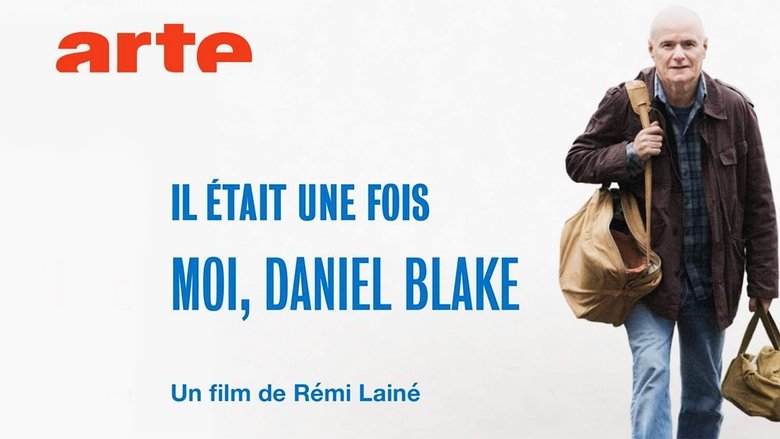
The documentary, filmed in England in autumn 2020, sheds light on the genesis and background of the social drama.
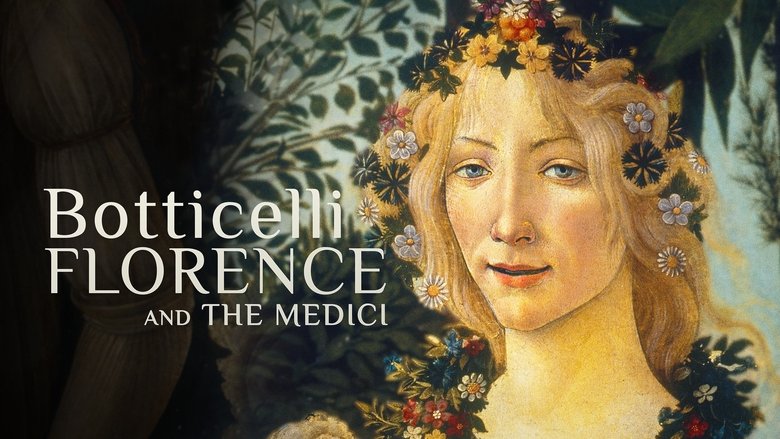
Documentary on the art and culture of Florence in 15th century Tuscany and, in particular, the work of Eary Ranaissance painter Sandro Botticelli (1445-1501).
TWO OR THREE THINGS I KNOW ABOUT EDWARD HOPPER is an immersive experience in 3D, that takes its viewers on a journey into the world of Hopper, sharpening their senses for some aspects of his unique work.
Nychos is an illustrator, Urban Art- and Graffiti artist who became known with his street concept RABBIT EYE MOVEMENT (REM) 10 years ago. The icon of the movement is a white rabbit, which has been breeding since then and has been popping up in the streets all over the globe for the past decade. This is exactly what Nychos thrives for – he travels the world to spread his art and his REM concept. Within the last two years Nychos was accompanied by filmmaker Christian Fischer who recorded these journeys to create a full lenght movie. ”The Deepest Depths Of The Burrow” is a documentary about art, lifestyle and subculture.
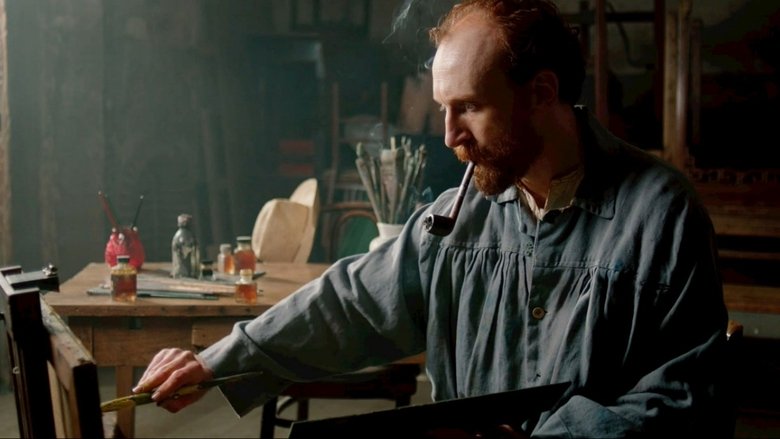
Working closely with the Van Gogh Museum in Amsterdam, Sunflowers goes beyond a ‘virtual exhibition’, delving into the rich and complex stories behind each of the paintings to unveil the mysteries of the sunflowers. What did the flowers mean to Van Gogh, and why do they resonate so much with audiences today? With a striking portrayal of the artist by actor Jamie de Courcey and fascinating insights from art historians, botanists and everything in between, the film offers a unique insight into Van Gogh’s life and artwork.
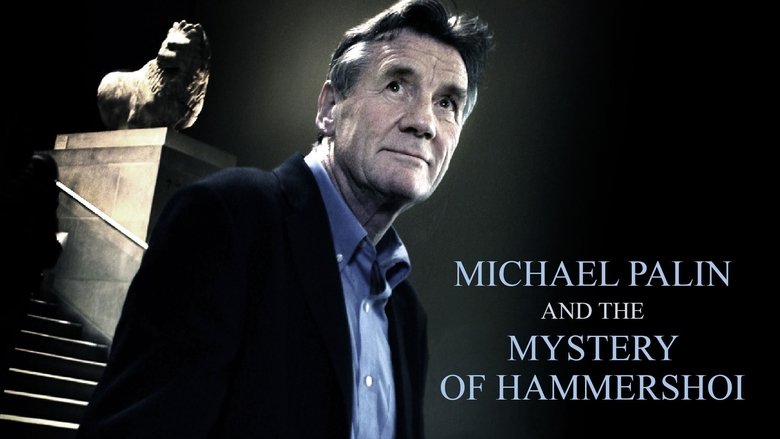
In 2005, Michael Palin set out to unlock the mysteries and find out about the background and life of Danish painter Vilhelm Hammershøi. Hammershøi painted around the start of the 20th century and many of his pictures have a distinct coolness and distance about them. Palin, wanting to know of his inspirations and the reason for these mystical pictures, starts his search in Hayward Gallery in London, goes to Amsterdam and finally the painters home town, Copenhagen (Denmark).
For his five Cremaster films Matthew Barney's created a multitude of sculptural forms and structures. Recently both the sculptures and the films traveled to museums in Cologne, Paris and New York's Guggenheim. In THE CREMASTER CYCLE: A Conversation with Matthew Barney, the artist guides the camera through this remarkable creation at the Guggenheim Museum while being questioned by Michael Kimmelman, chief art critic of the New York Times.
The Russian painter Wassily Kandinsky claimed, or has been credited with, the 'creation' of abstract art. At the core of this film is a dramatic recreation of Kandinsky's account of returning to his studio one dark evening, and being astonished by an unknown masterpiece of abstract art leaning against the easel - a picture which turned out to be one of his own landscapes fallen on its side. 'Now I knew for certain that the object spoiled my pictures.' While this film's narration does indeed emphasize the notion of an inspired breakthrough to Abstraction, the picture it conveys in more purely filmic ways is a rich and complex one.
Emil Nolde was a Nazi – and so what, asks contemporary German artist Daniel Richter. “It’s a moralistic debate. A debate, that mirrors the moralism and bigottery of a generation that seems to think, that the world is a moral playground.” Emil Nolde’s relationship to the Nazi-regime in the Third Reich has given rise to immense discussions within the last months. For decades the broader public had a picture of Nolde being one of the “entartete” artists as well as being prohibited painting by the Nazi-regime. Though this on the surface is true, it was the result of a great disappointment to Nolde. For years, he had strived to become “the” artist of the Thrid Reich, praising his own art as true, German, anti-French and anti-Jewish. Possible competitors within the German art world like Max Pechstein he actively denounced to the Nazi authorities.
A montage, using documentary material filmed during the war, shows the beginnings of an air attack and Londoners entering shelters. From the silent deserted streets, the film moves underground into the world of Henry Moore's shelter drawings. People sit along subway platforms, looking after their children, settling down for the night, sleeping in bunks and on the floor. Above ground London burns. Henry Moore used the eye of a sculptor in portraying the stolidity and enduring patience of a besieged people. This film brings together a unique series of drawings which are some of the most remarkable achievements of an artist during wartime. Eliminating all narration, it explores, on several metaphoric levels, the very nature of human consciousness and creativity.
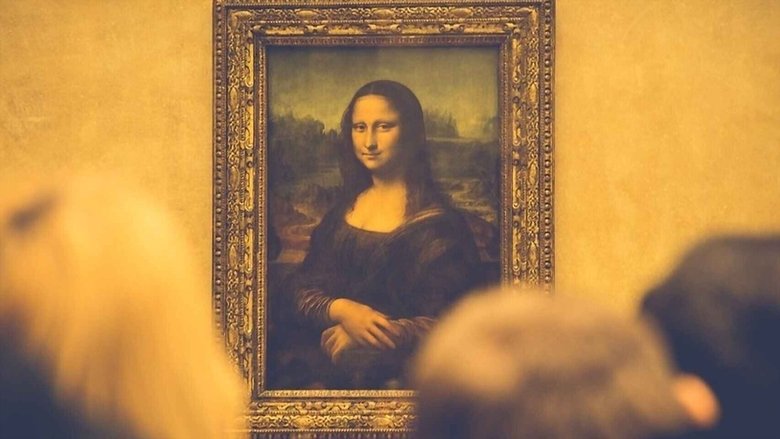
This landmark film uses new evidence to investigate the truth behind Mona Lisa's identity and where she lived. It decodes centuries-old documents and uses state-of-the-art technology that could unlock the long-hidden truths of history's most iconic work of art.